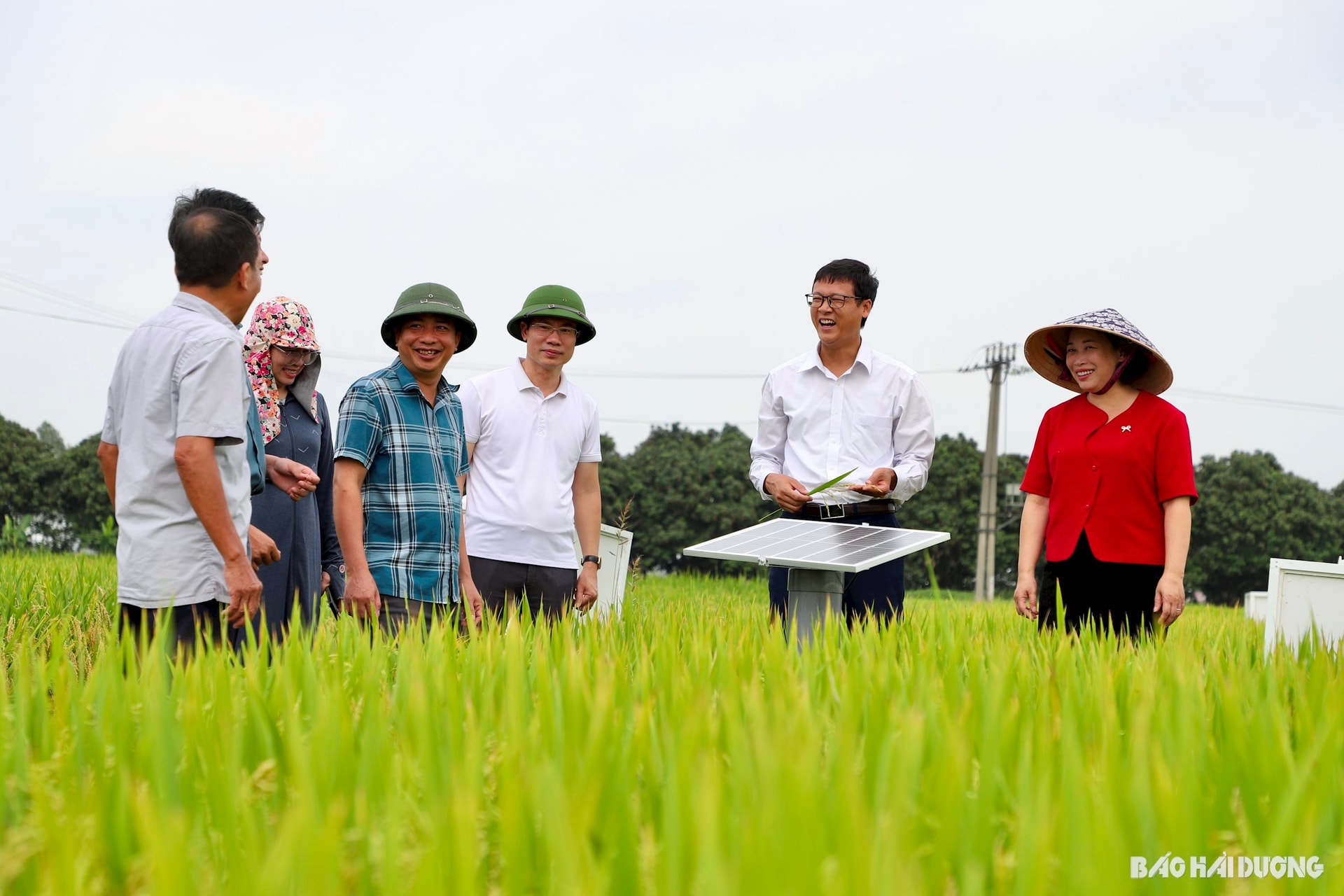
The model was implemented by the Department of Agriculture and Environment of Hai Duong in collaboration with the Vietnam Academy of Agriculture and Green Carbon Japan Vietnam Co., Ltd. on an area of nearly 1,000 hectares in three communes: Tan Phong, Tan Quang (Ninh Giang) and Ngu Hung (Thanh Mien). This is the third consecutive rice crop that the model has been implemented in Hai Duong.
Previously, in the 2023-2024 winter-spring rice crop, the above model was first deployed in Tan Phong commune (Ninh Giang) on a scale of 3 hectares. In the 2024 summer-autumn crop, the model will continue to be deployed in this commune with the same area.
On the afternoon of June 3, leaders of the Department of Agriculture and Environment of Hai Duong and coordinating units inspected and evaluated the effectiveness of the model in Tan Quang commune. According to the assessment, this crop, rice yield in the areas where the model is implemented is estimated to reach 250 - 280 kg/sao, equivalent to rice varieties cultivated by traditional methods.
Greenhouse gas emission reduction farming using alternate wet and dry irrigation technology helps significantly reduce the amount of water for rice care and irrigation costs; increases tillering ability, leaf area, accumulated dry matter, reduces pests and diseases...
In particular, the above farming method has significantly reduced emissions compared to traditional flooded rice farming (50.2%), equivalent to 7.6 tCO 2 e/ha (a unit of greenhouse gas measurement), creating carbon credits, contributing to the country's goal of sustainable rice farming and reducing greenhouse gas emissions.
In Vietnam, the model of emission reduction farming through irrigation water management has been implemented in many provinces and cities to fulfill the Government 's commitment to reduce greenhouse gas emissions and achieve net zero emissions by 2050.
Studies estimate that rice cultivation consumes about 34 - 43% of irrigation water in agriculture, contributing up to 48% of greenhouse gas emissions and 75% of CH 4 emissions in agriculture...
Faced with the increasingly evident impacts of climate change, sustainable rice cultivation techniques that save water and reduce emissions are receiving more and more attention. The amount of CH 4 emissions reduction will be converted into carbon credits and can participate in the carbon credit market mechanism, increasing farmers' income.
Source: https://baohaiduong.vn/hai-duong-canh-tac-gan-1-000-ha-lua-dong-xuan-giam-phat-thai-khi-nha-kinh-413258.html










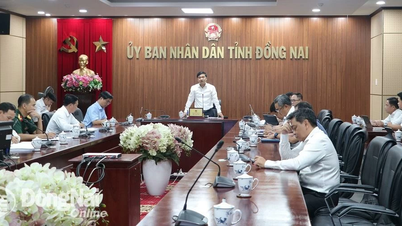

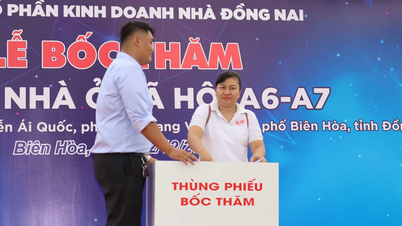

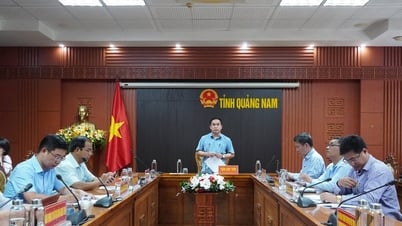






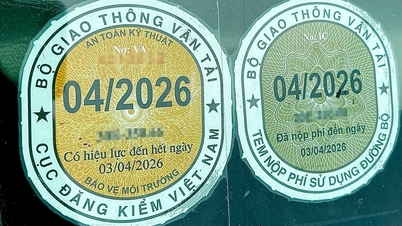
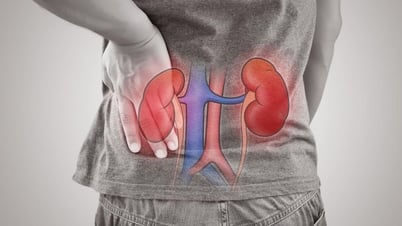
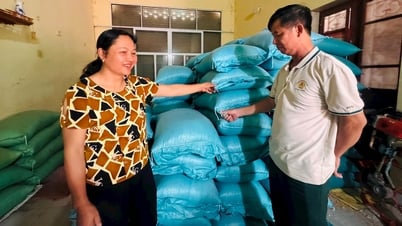


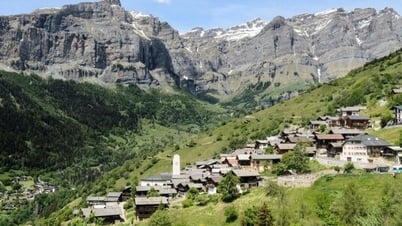







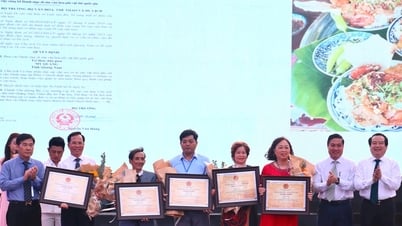
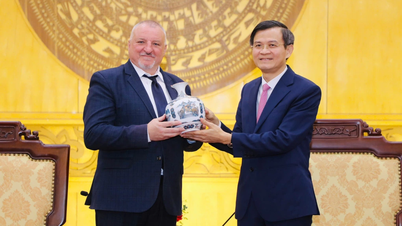

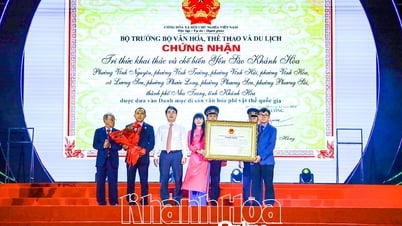









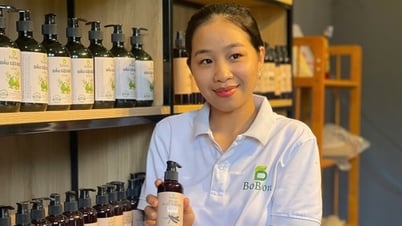

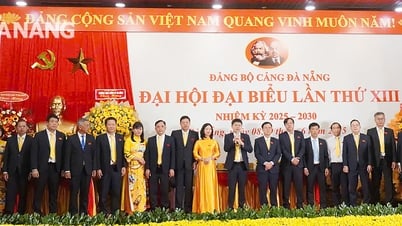



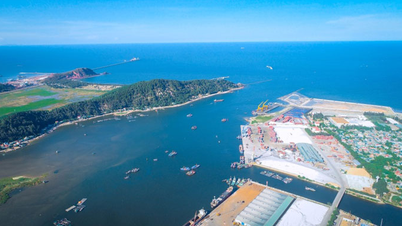







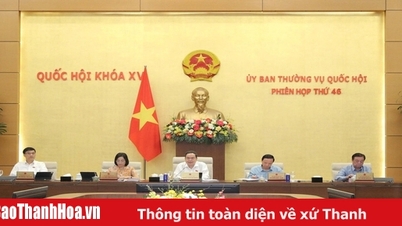



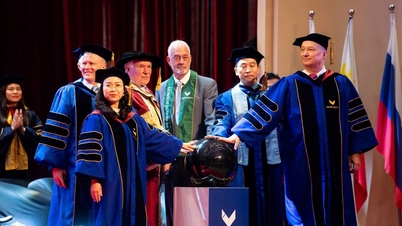
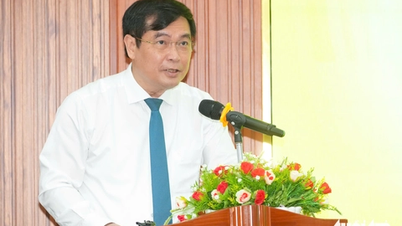
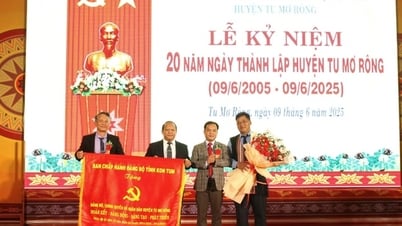


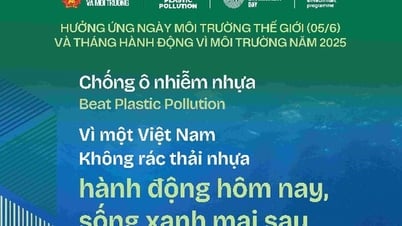

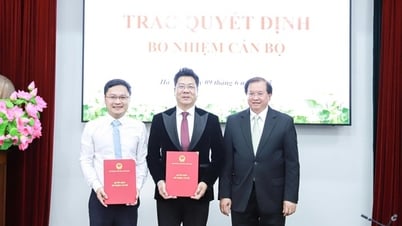











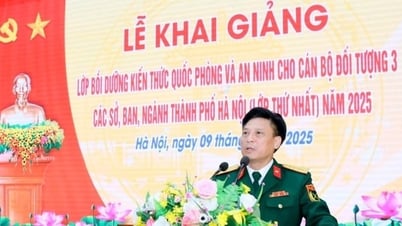


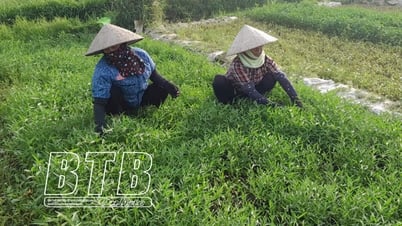
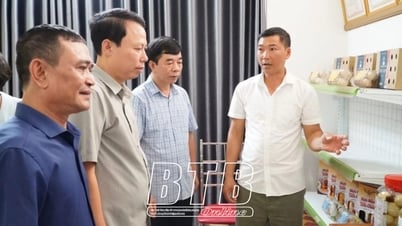


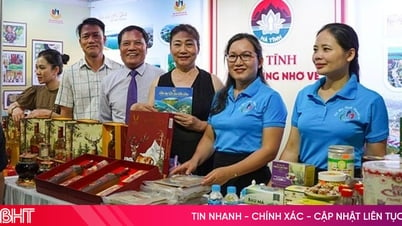

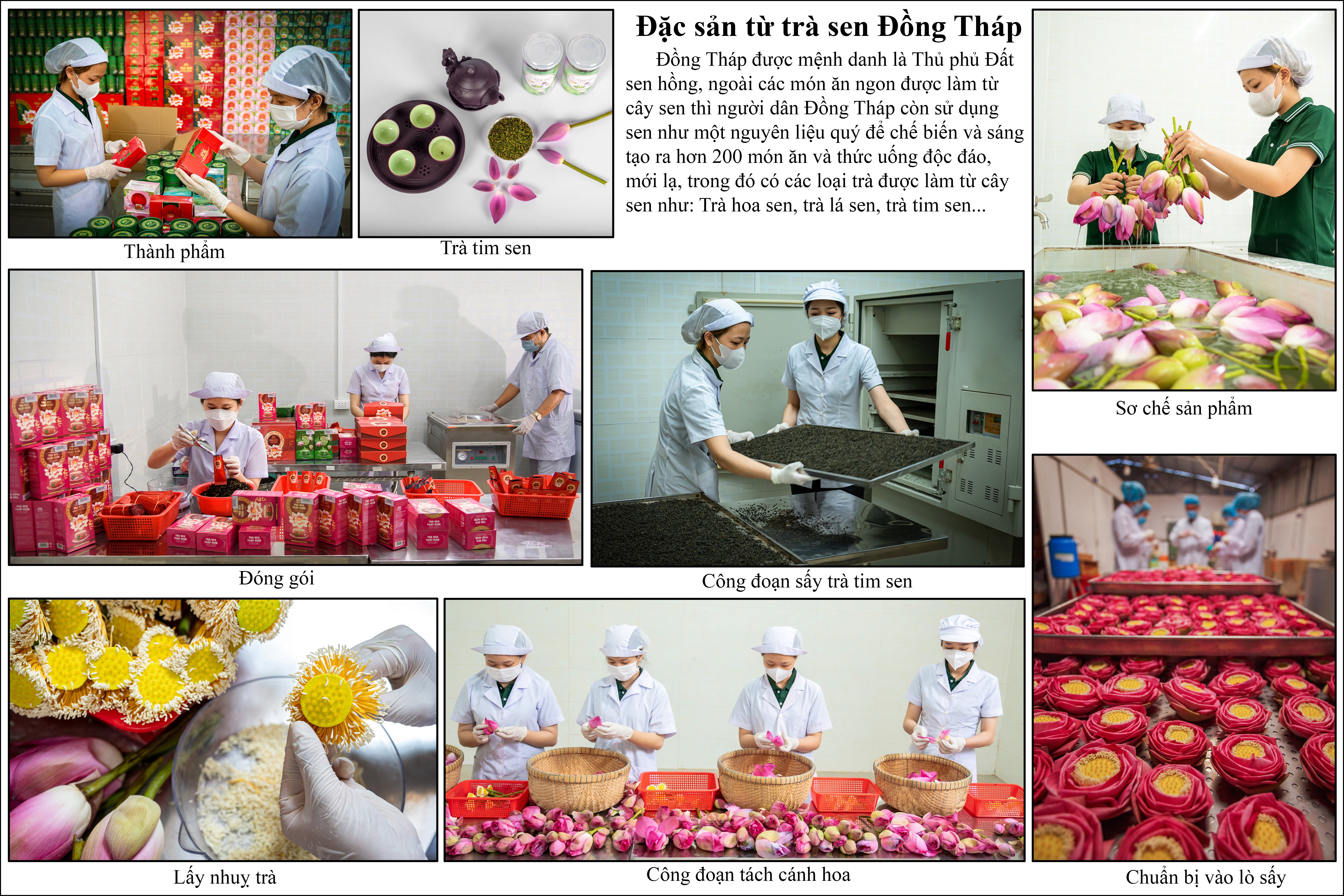



Comment (0)